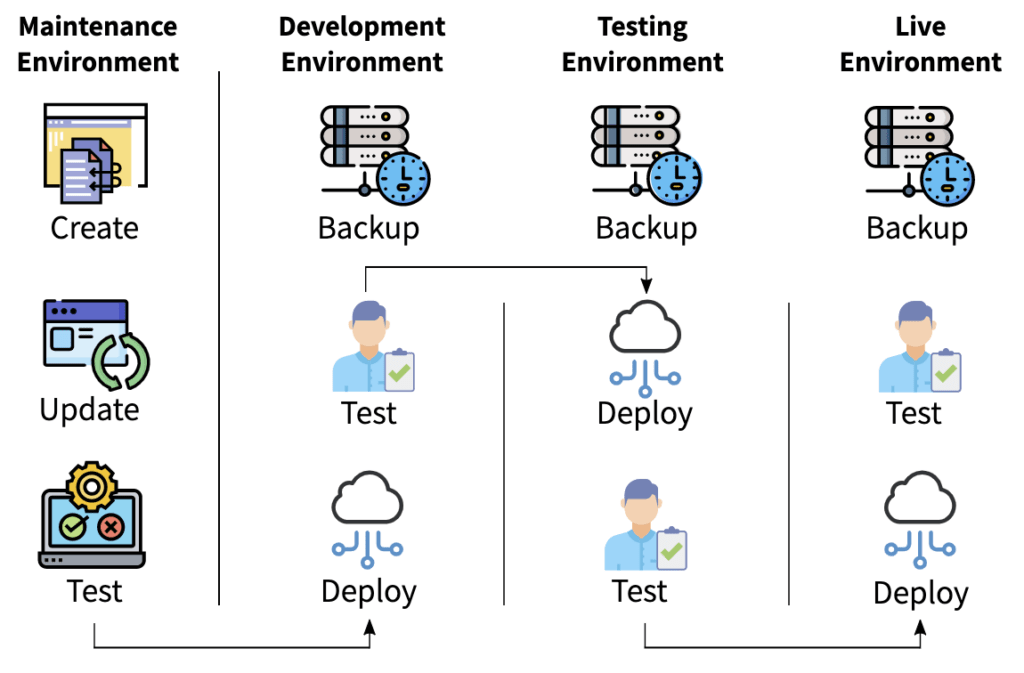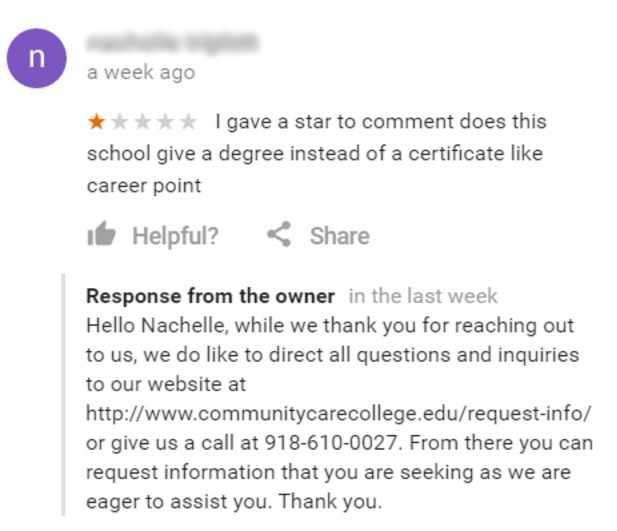Why your business shouldn’t remove reviews
1. People can tell if your business filters reviews.
According to Econsultancy, businesses that have a good mix of both good and bad reviews are trusted more by consumers (68%). Customers are smarter than you think and can determine when things look too good to be true. Reevoo states that 95% of customers suspect altered reviews when they don’t see bad scores.
2. It shows a lack of transparency.
If there are no negative reviews, 30% of customers will assume the online reviews are fake (Webrepublic). According to Brightlocal, only 8% of customers expect a business to have a 5-star rating before giving them their business. If all you have are five-star reviews on your review site, customers know that you are filtering your reviews and might suspect you have something to hide.
If your business doesn’t offer or encourage people to leave reviews, customers who want to share their experience will wonder why they can’t review your business. Even if you remove bad reviews, customers can still leave reviews on unverified listings and profiles.

Gone are the days of clicking “Update” and hoping for the best. Let Webidextrous manage your maintenance. We’ll give you back your time and peace of mind.
4. It looks like you don’t value customer feedback and don’t care to turn bad customer experiences around.
If you don’t allow your customers to leave feedback, it can appear that you don’t care about their opinions or value customer service. If a customer has this impression of you, they won’t want to do business with you. Customers feel valued when you care about their feedback and they respect businesses that try to resolve poor customer service experiences.
5. You don’t have the opportunity to win back the customer’s trust.
When you don’t post reviews, it can be very frustrating to your customers. If you acknowledge bad reviews, it gives you a chance to win back their business. When you respond to bad reviews publicly in a professional manner, you show other customers that you care about how they are being treated. Customers respect that.
6. Your business will miss out on valuable feedback that can help you improve.
Although customers can sometimes have unrealistic expectations, they can also bring attention to possible oversights. This gives you a chance to catch things you may have missed and can help you serve your customers better.
Situations when it is okay to gate reviews
These are examples when it’s acceptable to filter out some reviews:
1. The review contains explicit language or graphic material.
You can remove reviews that are inappropriate, contain graphic material, or explicit language. Most review sites are great about monitoring inappropriate content, but if they happen to miss it, you can remove it.
2. The review is not relevant to your business.
If the review doesn’t reference anything related to your business, products, or services, it’s safe to remove the review. Sometimes customers accidentally leave reviews when they just meant to ask a question. If it doesn’t appear to be an actual review from the customer about the business, it’s okay to take it down.

3. The review is spammy and is being used to promote another business.
If the review has nothing to do with your business and is obviously spam you can take it down. You can also remove the review if they are talking about their own business instead of yours. Below is a review that was for a direct competitor and an example of mistaken identity.

4. The review is fake and created by a competitor and your business knows it.
In this case, it is completely acceptable to remove the review.
In the example below, the person never even visited the establishment and left a review that was just based on other reviews.

Unfortunately, reviews have been used as blackmail, and unethical behavior does occur. Since this behavior is becoming more common, review management is an important practice and using reputation management software is helpful. If you need help deciding whether or not a review is fake, you can try the free Review Skeptic tool that is backed by research from Cornell University.
Again, Please Don’t Review-Stuff
Below is an example of a business owner leaving a review on his own business. The information is super specific that even a committed reviewer wouldn’t go that far in-depth.
The review is also longer than most people would read.

How can your business practice white-hat review management?
Here’s how you can practice white-hat review management:
- Provide exceptional customer service.
- Ask your customers to leave reviews through in-store signs, surveys, etc.
- Read through and analyze the review. Does it meet the criteria to remove it?
- If it does, remove it and you are finished managing the review
- If it doesn’t, keep the review published
- Reply to the review
- Respond to positive reviews with a thank you.
- For negative reviews, try to communicate with the customer and resolve the issue offline. Try to make the situation right with the customer in an effort to win them back. If the situation gets resolved, try asking the customer to adjust their review. If not, try to at least get the customer to come back.
White hat review management visual guide

Take the review management high-road
When it’s all said it done, customers can tell if your business is filtering reviews when all they see is positive reviews. Customers trust businesses with a healthy mix of good and bad reviews. It’s best to have mainly positive reviews with a few negatives mixed in. When businesses try to resolve customer issues by listening and responding to customers it says more about a business than perfect five-star reviews.


0 Comments